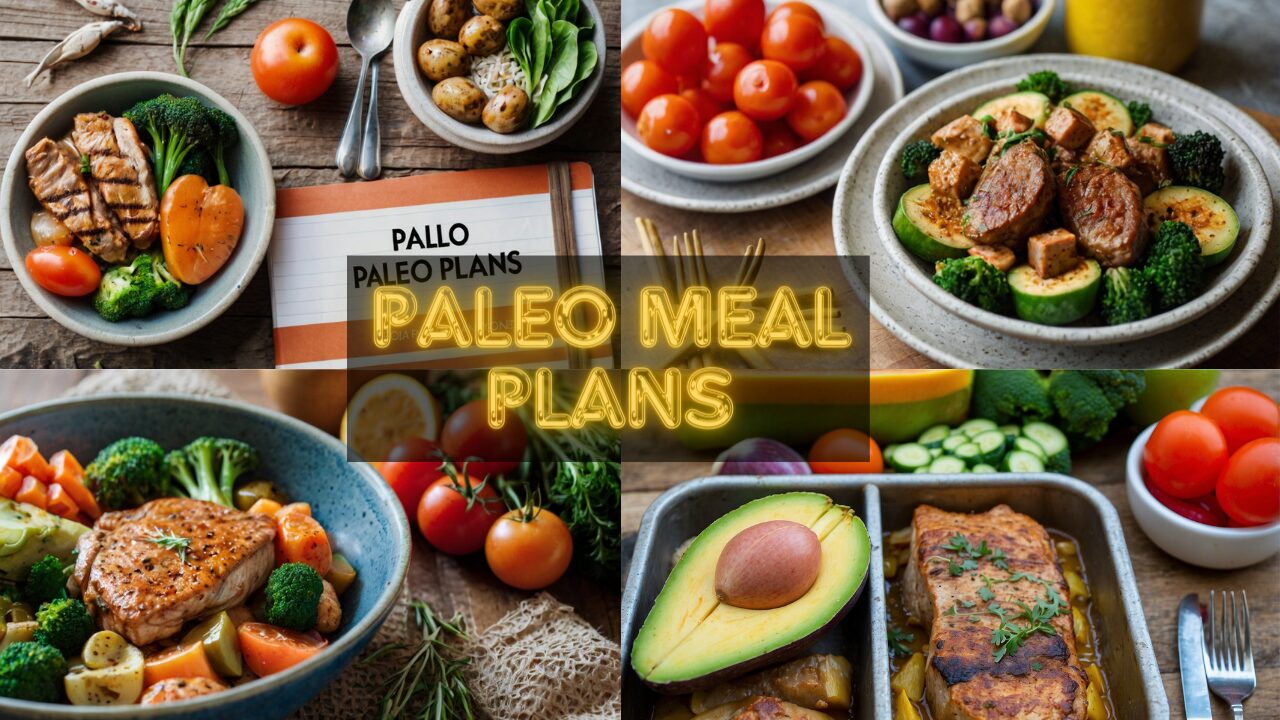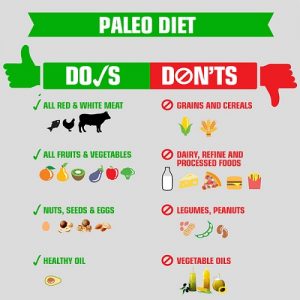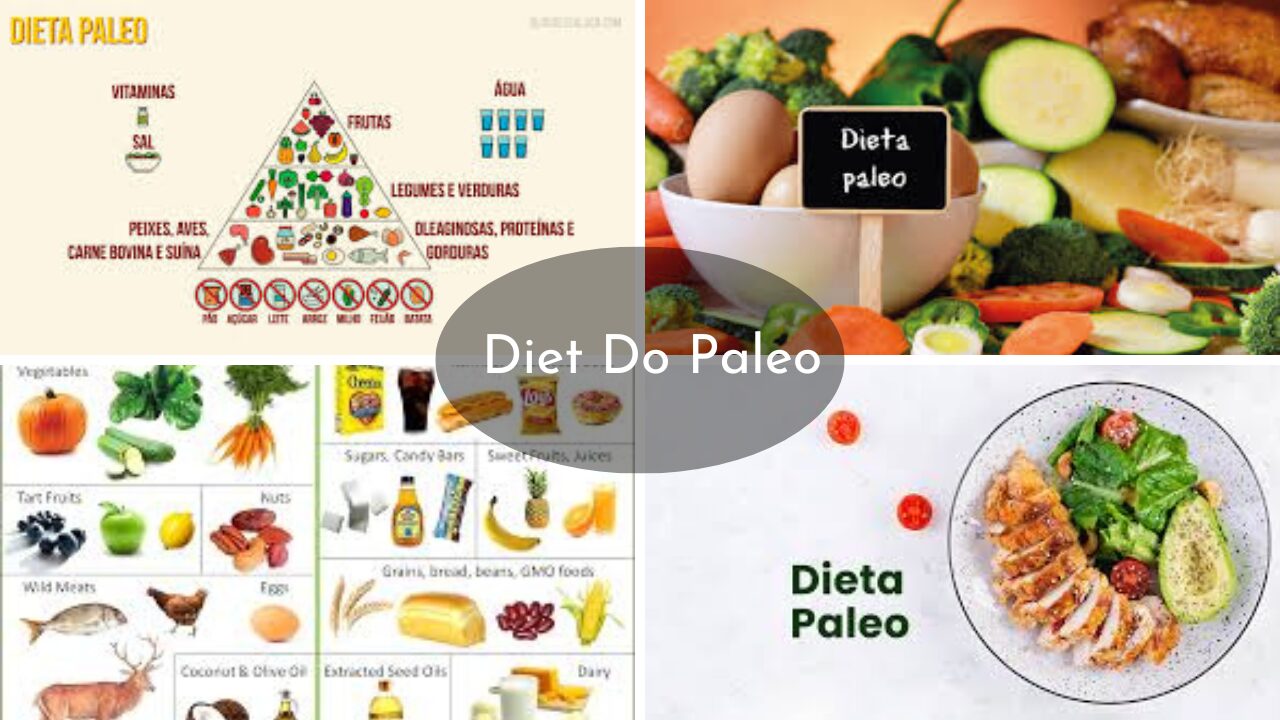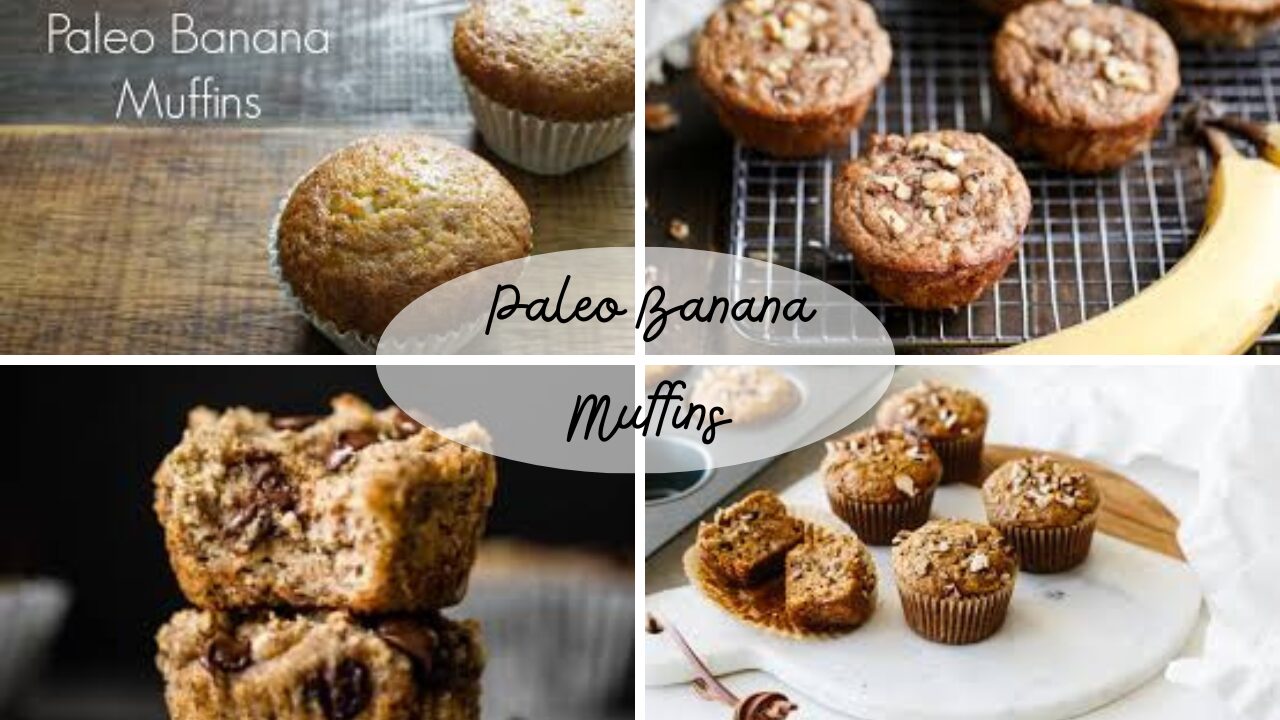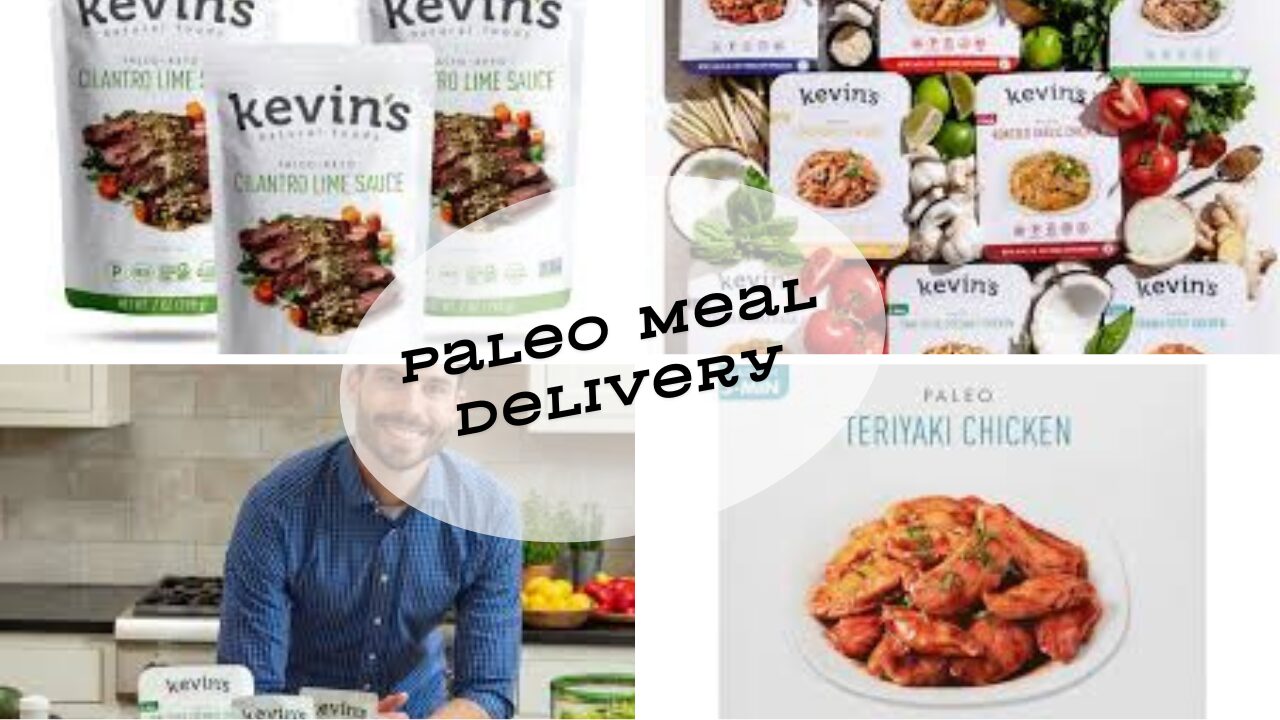Comprehensive Guide to Paleo Meal Plans
Are you curious about paleo meal plans and how they can revolutionize your diet? Paleo meal plans focus on our ancestors’ foods, promoting a diet rich in natural, unprocessed ingredients. This guide will walk you through everything you need to know about paleo meal plans, from their benefits to how to get started. Let’s dive in!
What is a Paleo Meal Plan?
The “caveman diet,” as it is also known, emphasizes consuming foods that our hunter-gatherer ancestors would have eaten. This includes eliminating processed foods, grains, legumes, and dairy and concentrating on whole, unprocessed foods such as meats, seafood, fruits, vegetables, nuts, and seeds.
Fundamental Principles of a Paleo Meal Plan
- Natural Ingredients: Prioritize whole, unprocessed foods.
- High Protein: Focus on meat, fish, and other protein-rich foods.
- Healthy Fats: Incorporate healthy fats from nuts, seeds, avocados, and certain oils.
- Low Carb: Limit intake of grains and sugars.
- High Fiber: Consume plenty of fruits and vegetables.
Benefits of Paleo Meal Plans
Health Benefits
- Weight Loss: Because manufactured foods and sweets are eliminated from a paleo diet, many individuals discover that they lose weight.
- Improved Digestion: The focus on natural foods can improve gut health.
- Increased Energy: Stable blood sugar levels from low-carb, high-protein meals can lead to more consistent daily energy.
- Reduced Inflammation: Avoiding processed foods and focusing on anti-inflammatory ingredients can help reduce chronic inflammation.
Mental Health Benefits
- Better Focus and Clarity: A nutrient-rich diet can improve brain function.
- Mood Stabilization: Consistent blood sugar levels can lead to more stable moods.
How to Start a Paleo Meal Plan
Step-by-Step Guide
- Purge Your Pantry: Remove processed foods, grains, legumes, and dairy from your kitchen.
- Stock Up on Paleo Staples: Fill your pantry with paleo-friendly foods like meats, fish, vegetables, fruits, nuts, and seeds.
- Plan Your Meals: Use paleo meal plans to organize your week and ensure you have all the necessary ingredients.
- Cook at Home: Preparing meals at home allows you to control the ingredients and ensure they align with paleo principles.
Sample Paleo Meal Plan
Breakfast
- Scrambled eggs with spinach and tomatoes
- Fresh fruit salad with nuts
Lunch
- Avocado, mixed greens, and an olive oil dressing are topped with grilled chicken salad.
- Sweet potato fries
Dinner
- Baked salmon with roasted Brussels sprouts and carrots
- Mixed berry dessert
Snacks
- Almonds and dried apricots
- Sliced cucumbers with guacamole
Common Challenges and Solutions
Cravings for Non-Paleo Foods
- Solution: Find paleo-friendly alternatives, including cauliflower rice instead of ordinary rice or almond flour instead of wheat flour.
Eating Out
- Solution: Select paleo-friendly eateries, and feel free to ask for changes to your meal.
Meal Prep Time
- Solution: Batch cook and prepare meals beforehand to save time during the week.
Nutrition Facts for Paleo meal plans
- Calories: Paleo meals can vary in calorie content but are often lower in calories than standard American meals. This is because they are typically lower in processed foods and sugary drinks.
- Carbohydrates: Paleo meals are naturally lower in carbohydrates than standard American meals. This is because they exclude grains, legumes, and starchy vegetables.
- Protein: Paleo meals are typically higher in protein than standard American meals. This is because they emphasize lean meats, fish, and poultry.
- Saturated Fat: Paleo meals can vary in saturated fat content, depending on the types of meat and fish included. However, they are generally lower in saturated fat than standard American meals, which often include processed foods that are high in saturated fat.
- Cholesterol: Paleo meals can vary in cholesterol content, depending on the types of meat and eggs that are included. However, they are generally no higher in cholesterol than standard American meals.
- Sodium: Paleo meals can vary in sodium content, depending on the salt added during cooking. However, they are generally lower in sodium than standard American meals, which often include processed foods that are high in sodium.
- Potassium: Paleo meals are typically higher in potassium than standard American meals. This is because they emphasize fruits, vegetables, and nuts, all of which are good sources of potassium.
- Sugar: Paleo meals are naturally low in sugar. This is because they exclude processed foods and sugary drinks.
- Vitamin A: Paleo meals can vary in vitamin A content, depending on the types of fruits and vegetables that are included. However, they are generally a good source of vitamin A.
- Vitamin C: Paleo meals can vary in vitamin C content, depending on the types of fruits and vegetables that are included. However, they are generally a good source of vitamin C.
- Calcium: Paleo meals can vary in calcium content, depending on whether or not dairy products are included. If dairy is excluded, it is essential to include other good sources of calcium, such as leafy green vegetables, nuts, and seeds.
- Iron: Paleo meals can vary in iron content, depending on the types of meat and fish that are included. However, they are generally a good source of iron.
Here is a sample Paleo meal plan that is relatively low in calories, carbohydrates, and saturated fat and high in protein, potassium, and vitamin A:
- Breakfast: Scrambled eggs with spinach and mushrooms (300 calories, 10 grams carbohydrates, 20 grams protein, and 5 grams saturated fat)
- Lunch: Grilled chicken salad with romaine lettuce, tomatoes, cucumbers, and avocado (400 calories, 15 grams carbohydrates, 30 grams protein, and 5 grams saturated fat)
- Dinner: (500 calories, 30 grams of carbs, 40 grams of protein, and 10 grams of saturated fat) Salmon with roasted sweet potatoes and broccoli
- Snacks: Apple with almond butter (200 calories, 25 grams carbohydrates, 5 grams protein, and 5 grams saturated fat) and carrots with hummus (150 calories, 15 grams carbohydrates, 5 grams protein, and 5 grams saturated fat)
FAQs About Paleo Meal Plans
Is the Paleo Diet Safe for Everyone?
Even though many individuals might benefit from the paleo diet, you should see a doctor before making any significant dietary adjustments, especially if you have a history of health issues.
Can I have cheat days on the Paleo diet?
Occasional cheat days are fine, but they should be the exception rather than the rule to maintain the benefits of the paleo lifestyle.
Are There Any Side Effects When Starting a Paleo Diet?
Some people may experience initial side effects like fatigue or headaches as their body adjusts to a lower intake of carbohydrates. These usually subside after a few days.

